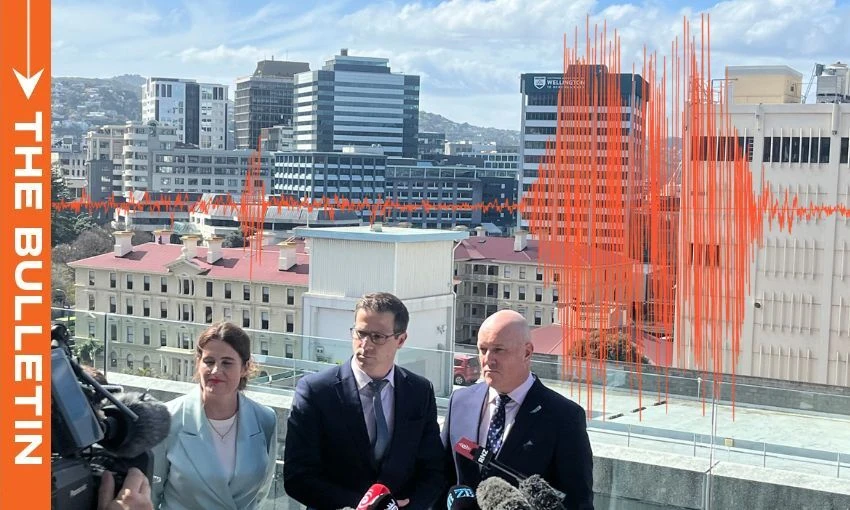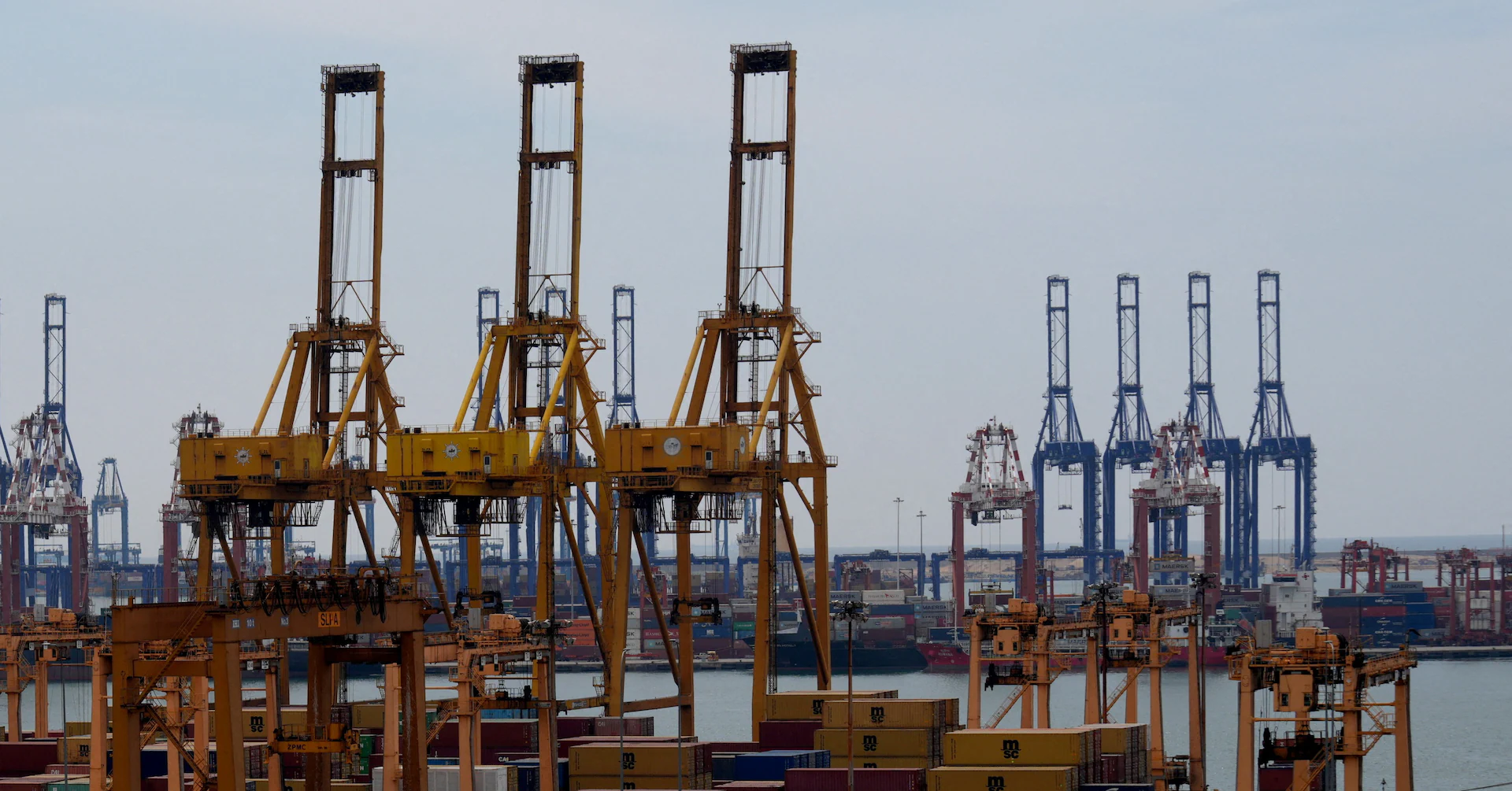By Lyric Waiwiri-Smith
Copyright thespinoff

A new system will see thousands of buildings removed from the earthquake-prone building register, writes Lyric Waiwiri-Smith in today’s extract from The Bulletin.
To receive The Bulletin in full each weekday, sign up here.
A shake-up in standardisation
Nearly a decade since the Canterbury earthquakes (and the Royal Commission of Inquiry it inspired) changed the way we standardise earthquake-prone buildings (EPB), the government is shaking up the system again. On Monday, building and construction minister Chris Penk told reporters the government would remove the New Building Standards ratings used to determine whether a building has a low, medium or high seismic risk. Rather than having to meet a 34% NBS threshold, the new system “will capture only buildings that pose a genuine risk to human life in medium and high seismic zones”, according to Penk’s office.
As Penk announced in April 2024, a review of the NBS scheduled for 2027 was brought forward after councils and building owners informed the minister they would not be able to meet their dates for remediation (500 of which are set over the next four years) due to “high costs involved, further complicated by cumbersome heritage rules and ownership structures”. In August, he told The Spinoff EPB laws were “brought in place for very good reasons, but they haven’t proved capable … There are a lot of buildings that are falling down because no one can afford to remediate them, they’re not allowed to live in them or have them as commercial premises.”
An independent review led by the Ministry of Business, Innovation and Employment in late 2024 found that barriers to remediation are often linked to finances, with building owners struggling to afford the level of strengthening required, and territorial authorities (TAs) struggling to enforce compliance. Legislation will be brought to parliament next year.
How will the scale work now?
As Russell Palmer reports for RNZ, the new EPBs will be identified by being in medium-high risk seismic zones, being a high-risk building of heavy construction (aka concrete) three storeys or more, or an unreinforced masonry building. Seismic zones themselves are also set to change, with Auckland, Northland and the Chatham Islands removed from the system entirely due to their low seismic risk, while Coastal Otago (including Dunedin) will be classified as a medium risk.
Meanwhile, small buildings in towns with fewer than 10,000 residents will need no warnings or remediations at all, but owners on the EPB registry must secure their facades before the building can be removed from it, Stuff’s Bridie Witton reports. The changes to EPB standards also include removing a rule for building owners to ensure that earthquake strengthening should include upgrades to fire safety and disability access.
As 1News notes, these changes mean around 55% of all buildings currently identified as quake-prone will no longer be counted on the EPB register (2,900 will be removed from the register, while 840 will require no remedial work). While MBIE’s review estimated that $5.3b in remediation costs could be saved by making changes to the EPB standards, Penk’s office has confirmed that the total nationwide savings will be closer to $8.2b – according to Luke Malpass at The Post, building owners in Wellington alone will save around $1b, while the prime minister confirmed at the press conference that Auckland building owners will save $4.5b.
Community leaders and experts feel the tremors
Through these changes, Auckland mayor Wayne Brown and Wellington mayor Tory Whanau have finally found something to agree on: the overhaul of the EPB standards will be an overall win for their cities, Brown and Whanau told RNZ. Meanwhile, multiple academics have welcomed the changes via the Science Media Centre, including Megan Boston from the Waikato University’s school of engineering, who said the new system “strikes a better balance by targeting the buildings that pose the greatest risk while easing requirements for those where the actual risk is low”.
But as Witton writes, it’s a politically fraught situation to balance public safety with the cost of compliance. As AUT’s school of future environments professor John Tookey told the Science Media Centre, by extending the assessment period for EPBs by four years, a cynic might gather that the problems will be left for another parliament. “None of these measures will ultimately change the eventual need to refit and strengthen buildings to ensure public safety. It is something of a shame that the opportunity … to introduce industry stimulation measures was missed.”



